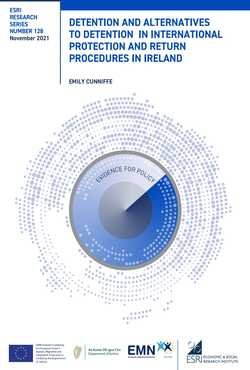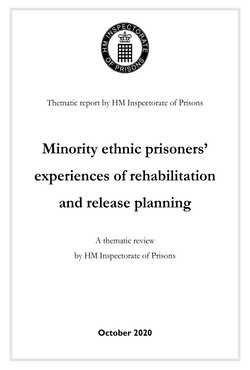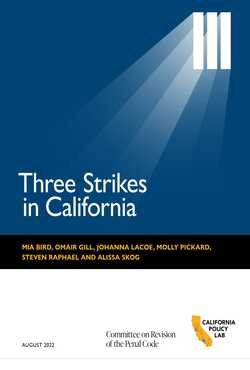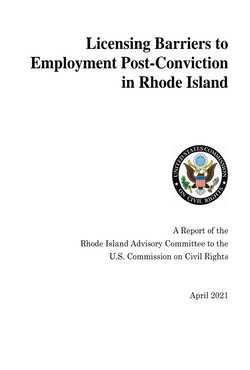By Emily Cunniffe
Detention and alternatives to detention can be used for immigration-related purposes in Ireland. Detention takes place in Garda Síochána stations and prisons. Throughout 2019, 477 people were detained in Irish prisons for immigration-related reasons, reducing to 245 people in 2020 during the COVID-19 pandemic. Alternatives to detention, such as regularly reporting to a Garda station, however, tend to be used more routinely and in the first instance.
This study presents a comprehensive review of legislation and practice on detention and alternatives to detention in international protection and return
procedures in Ireland. It is based on the Irish contribution to a European Migration Network (EMN) report comparing the situation in EU Member States. Immigration detention in the EU and the UK has been the subject of considerable academic research; however, there has been comparatively less research on the situation in Ireland, particularly regarding alternatives to detention.
Dublin: The Economic and Social Research Institute. 2021. 109p.





















